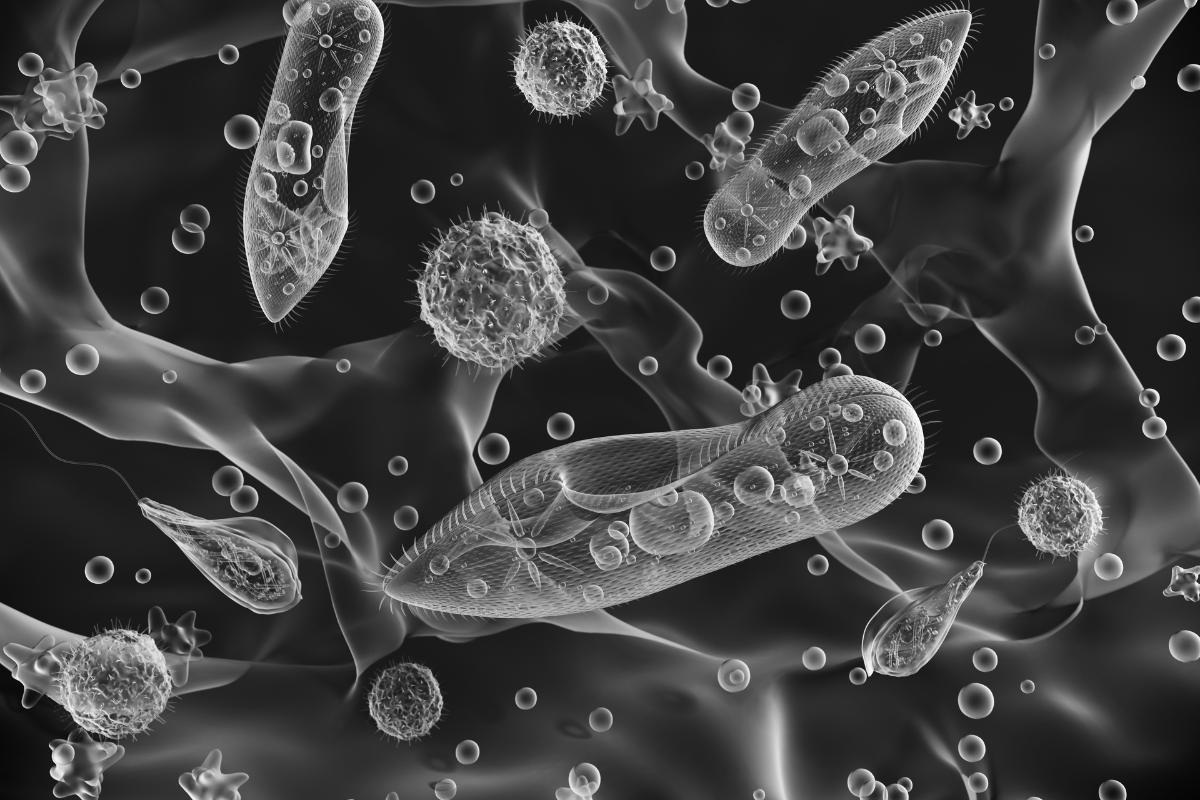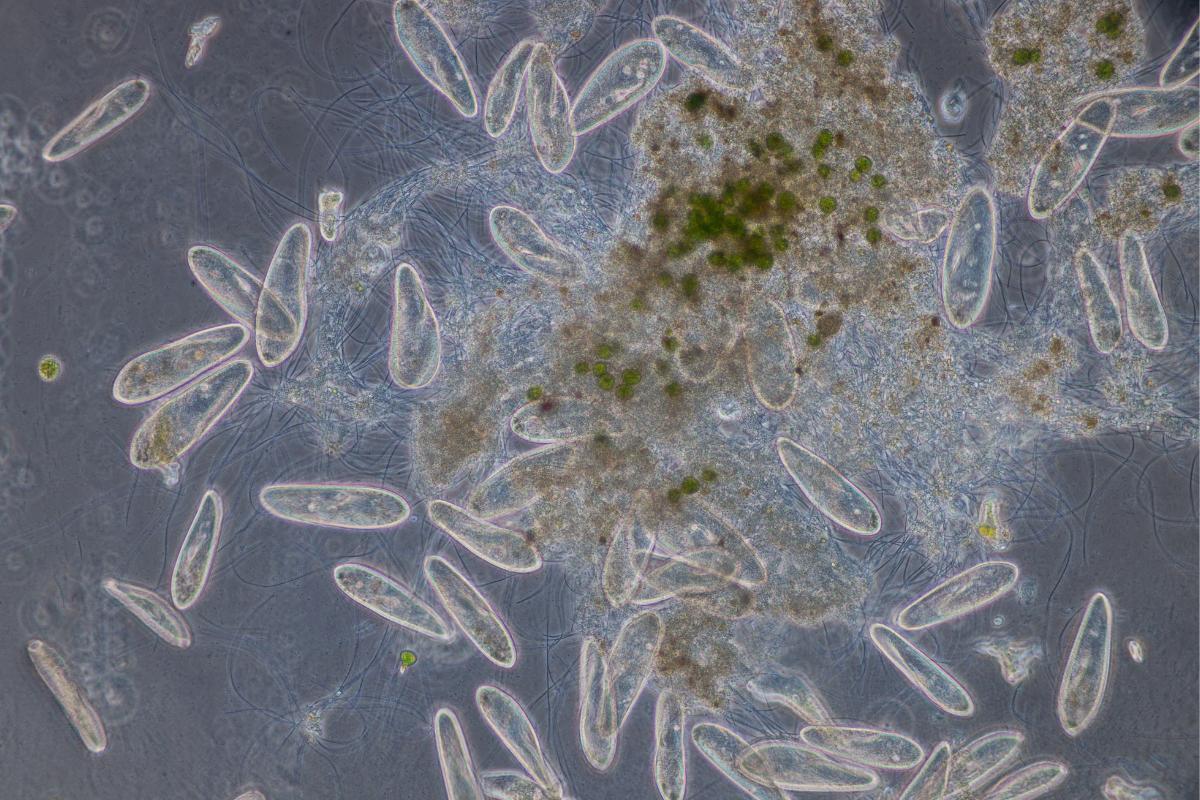What Is a Protozoan in Microbiology?

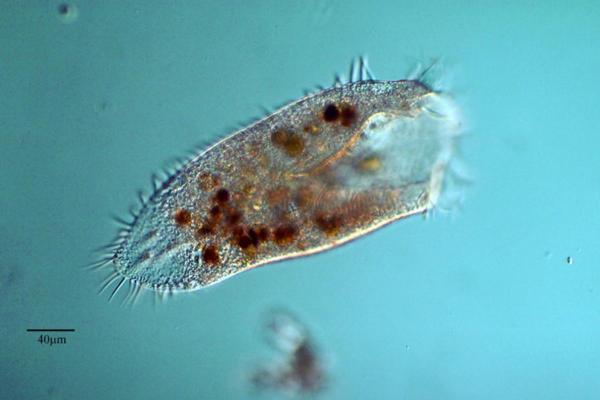
A protozoan is a single-celled organism than belongs to the kingdom Protista, although this is a somewhat archaic terminology. This is because protozoa are no longer considered animals, but are types of eukaryotic organisms. Despite this, they have behaviors which make it understandable why they were once considered animals. One of their most important characteristics is their ability to move on their own using flagella, cilia or extending part of their cytoplasm. This characteristic allows protozoans to be classified into four different types known as amoebas, flagellates, ciliates and sporozoans.
Since they are not animals, but have certain behaviors, it can be difficult to understand what is a protozoan in microbiology? thedailyECO answers this question by providing a definition and characteristics of this unicellular organism, as well as the types which show a diversity of behaviors.
What are protozoa?
Protozoa are single-celled microorganisms that are eukaryotic, meaning they have a nucleus which is contained within a membrane. The term ‘protozoan’ is used to group together various groups of unicellular eukaryotes that are distant from each other, but nevertheless have an evolutionary relationship, even if it is considered remote.
These organisms have experienced a diversity of evolutionary processes that have given rise to adaptations in their cellular components. Protozoa have a great variety and are found in different habitats, such as fresh water, salt water, soil and the interior of other organisms. Found in the kingdom Protista, they were once considered ‘one-celled animals’. When we look at their characteristics and behaviors in the sections below, we can understand why.
Discover the difference between eukaryotic and prokaryotic cells in our related guide.
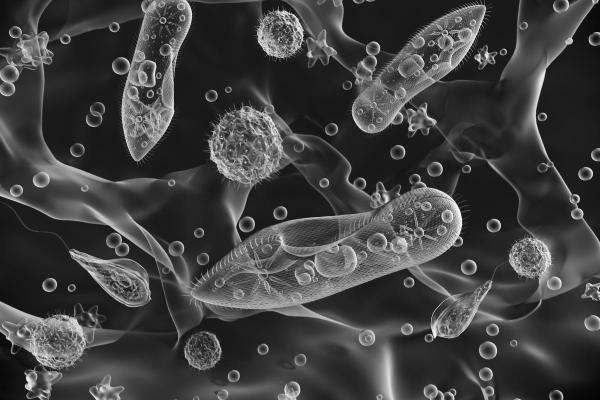
Characteristics of protozoa
Although unicellular, protozoa are distinct from the component cells of larger organisms. It is their complexity which makes them an organism in themselves. This is thanks to the following characteristics of a protozoan:
- Their size varies from 10 to 50 micrometers, although some species can grow up to a millimeter or more.
- Protozoa have the ability to move on their own using flagella, cilia or extending part of their cytoplasm. This movement is another reason they are considered self-sufficient organisms.
- They obtain their oxygen by breathing through their cell wall and capturing particles present in the water.
- They have the ability to form resistance structures called cysts, which allow them to protect themselves when water is scarce or for reproductive purposes.
- Protozoa are heterotrophs, meaning they do not make their own food, but obtain it from their environment. Their main food source consists of bacteria, other unicellular organisms and organic remains.
Types of protozoa
The classification of protozoa is based on various criteria, such as locomotion, structure, life forms and others. With this in mind, we can look at the different types of protozoa in microbiology:
Amoebas or rhizopods
Also known as amoeboids or rhizopods, amoebas are perhaps the most well known type of protozoa. They are a category of single-celled organisms which have the ability to change shape by emitting pseudopods to capture solid food.
Flagellates
Flagellates are organisms that have a single nucleus and are composed of individual cells or colonies. They are somewhere between protozoa and algae, but they are characterized by whip or tentacle-like appendages known as flagella with which they can move and carry out other behaviors.
Ciliates
Ciliates are characterized by having their bodies covered in cilia, which are hair-like appendages which they use to move. These organisms consume bacteria in aquatic environments and have two nuclei in their structure.
Apicomplexa
Previously known as sporozoans, apicomplexa are usually internal and immotile parasites. They have a life cycle associated with the organism they parasitize.
Reproduction of protozoa
Protozoa have the ability to reproduce both sexually and asexually. Below we describe each type of reproduction:
- Binary division (asexual): a process that involves cell fusion after mitosis using genetic replication. The result is new protozoan individuals, identical to each other and to the progenitor cell.
- Budding (asexual): an identical copy of itself is produced within a resistant structure that remains attached to the parent. The new individual is genetically identical to the parent.
- Sporulation (asexual): the original protozoan fragments into a set of spores or endospores. These spores are able to resist environmental changes and subsequently develop into complete individuals. You can discover more in our guide to what is sporulation in biology?
- Cell fusion (sexual): protozoa produce gametes or microgametes inside, which allow them to unite and form a zygote. During this fusion, the genetic materials of the parents are mixed, resulting in a new individual with greater genetic variety and originality.
Discover more about the different types of sexual and asexual reproduction in plants and animals with our related article.
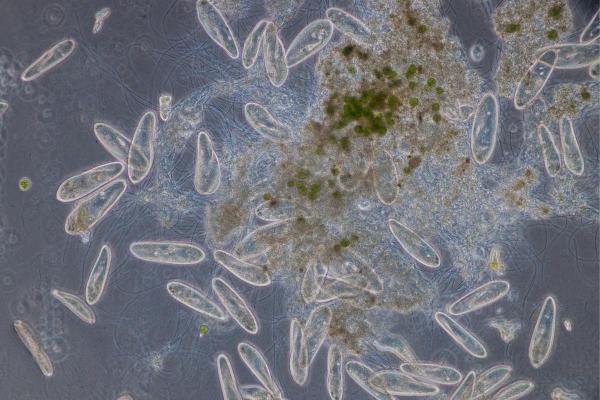
Diseases caused by protozoa
As you have seen when we shared the different types of protozoan in microbiology, some of them are able to cause disease. While amoebas are one of the most widely known types of protozoa, you may not be aware that the following diseases are the result of these unicellular organisms:
- Malaria: this disease is caused by different species of parasitic protozoa of the genus Plasmodium. It is characterized by sweating, high fever and headache. In more severe cases, it can present symptoms such as cough, muscle pain, bloody stools and jaundice. Complications such as shock can arise, as well as kidney or liver damage. it can even lead to death.
- Amebiasis: this is a common intestinal infection caused by pathogenic amoebas in the intestine or digestive tract. These amoebas cover the intestinal wall, making it difficult to absorb nutrients and causing diarrhea and other gastrointestinal damage.
- Toxoplasmosis: this disease is caused by Toxoplasma gondii and is transmitted to humans through contact with infected cats, as well as with infected animal or human feces. The symptoms are similar to those of the flu, but it can also inflame the lymph nodes, spleen, liver and form cysts in the tissues.
In this post we talk about Biological Pollution: what it is, types and examples .
Examples of protozoa
Rhizopods or amoeboids
- Amoeba proteus
- Entamoeba histolytica
- Entamoeba gingivalis
- Naegleria fowleri
- Dictyostelium discoideum
- Physarum polycephalum
Flagellates
- Trypanosoma cruzi
- Trypanosoma brucei
- Giardia lamblia
- Trichomonas vaginalis
- Leishmania donovani
- Leishmania braziliensis
Ciliates
- Paramecium caudatum
- Stentor coeruleus
- Vorticella spp.
- Tetrahymena thermophila
- Oxytricha spp.
- Balantidium coli
Apicomplexa
- Plasmodium malaria
- Plasmodium falciparum
- Plasmodium vivax
- Toxoplasma gondii
- Cryptosporidium parvum
- Cyclospora cayetanensis
Now you know more about what protozoa are, their characteristics, types and examples, we encourage you to learn more about microbiology with our article explaining why the study of cells is so important.
If you want to read similar articles to What Is a Protozoan in Microbiology?, we recommend you visit our Biology category.
- Rodríguez, D., Olivares, J., & Arece, J. (2010). Evolution of protozoans. Rev. Health Anim., 32(2), 118-120
- Scorza, J., & Arcay, L. (n.d.). Protozoa. https://bibliofep.fundacionempresaspolar.org/media/17011/libro_bio_t1_009.pdf






